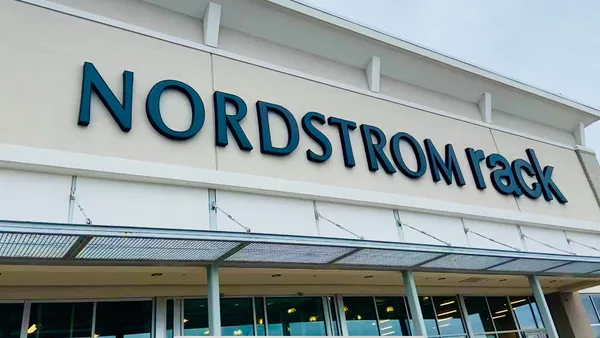ORLANDO, Fl. — A year after Purple introduced a new line of premium mattresses, CEO Rob DeMartini gave an update on how the new strategy is going. For one thing, DeMartini said consumers have shown “a real resistance” to buying an expensive mattress online, rather than the cheaper models it became known for. The product transition, too, was more expensive than planned and the company cost itself at least 3 margin points on execution alone, according to DeMartini.
“We launched a brand repositioning in the middle of one of the worst category years ever seen. And even with that, on declining sales, we were able to gain about 1,500 mattress slots nationally,” DeMartini said during a presentation at ICR on Monday. “That encourages me because it says the retailer and our partners know they need innovation, even in tough years.”
The home category faced declining sales for most of last year, with the U.S. Commerce Department reporting home goods as a category was down 7.5% in November and nearly 12% in October. Purple in its most recent quarter saw sales fall 2% due to soft consumer demand. DeMartini said profitability is on the horizon, though, and could be reached this year.
“I mean, in all fairness, this company was on the brink for the last couple of years,” DeMartini said, noting that Purple “misread COVID” and didn’t have a good structure for wholesale set up. “I think we’ve turned the corner, we’re going to get healthy and there are places this brand can go, but I don’t want to get ahead of myself here. We’ve got to start consistently taking share in the core business, in the core country, and then figure out how to grow from there.”
When it comes to wholesale opportunities, a possible challenge for Purple is Tempur Sealy’s acquisition of Mattress Firm, which puts a mattress supplier in charge of a major mattress retailer. Mattress Firm makes up about a third of Purple’s wholesale doors, DeMartini said, and the brand has a presence in nearly half of the retailer’s locations.
“They’re a good customer, they’re a tough customer — I don’t expect either of those two to change,” DeMartini said of Mattress Firm. “Will we win less jump balls in the future there? Maybe. But we’ve got a really differentiated product so to me that’s the key. This is not just another mattress, this is a gel-flex grid and you like it or dislike it, but it’s different.”
The company’s own physical retail strategy is facing obstacles as well. DeMartini called it the “toughest part” of the company’s model and said the retailer plans to slow down its store opening activity until it can make sure its store fleet is profitable.
“It’s a mixed bag. We’ve got a third of those that are problematic for one reason or another and we’re trying to put our finger on it because it’s the same co-tenancy, it’s the same quality of location and yet two-thirds of them are working and a third of them aren’t,” DeMartini said of the retailer’s stores. “They’re great brand beacons, but they’ve got to make some money.”
On one thing, though, Purple is returning to its roots. The company's marketing strategy, which DeMartini said last year needed to mature, has moved the brand in the right direction but isn’t doing as much as the executive hoped. So, the company has returned to the egg drop ad, with plans to release a modernized version of the campaign.
“This brand was irreverent, it was edgy, it was fun — in a category that’s generally not thought of as all that much fun,” DeMartini said of the company’s old advertisements. “I don’t think you’ll see Goldilocks again, but you may see the egg drop.”













